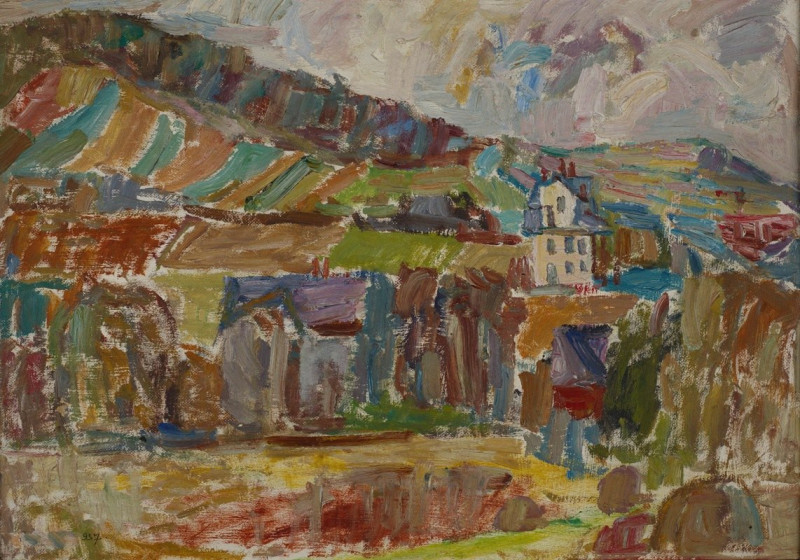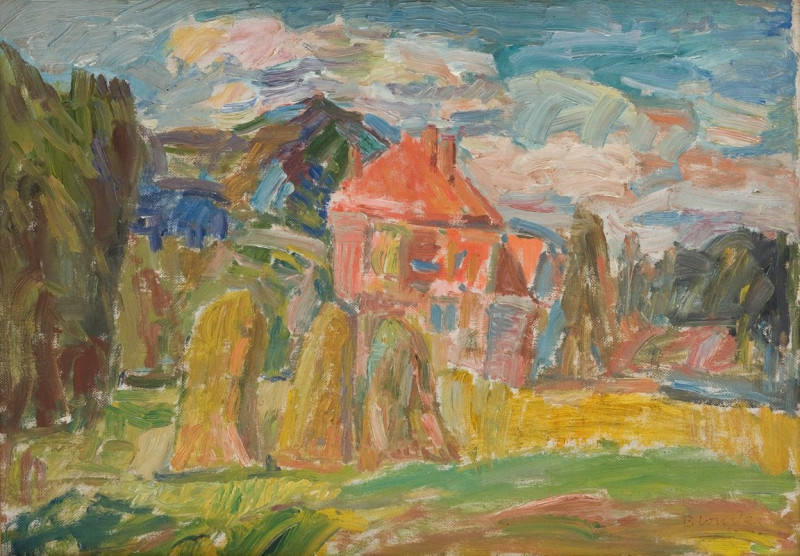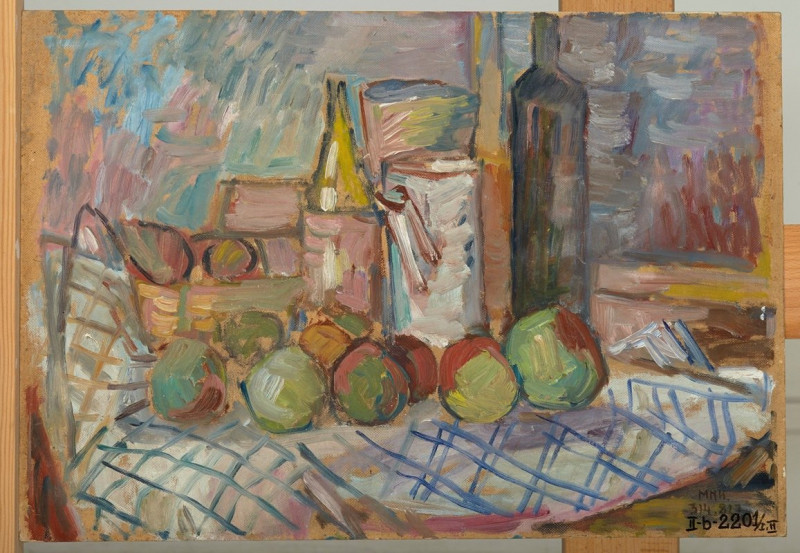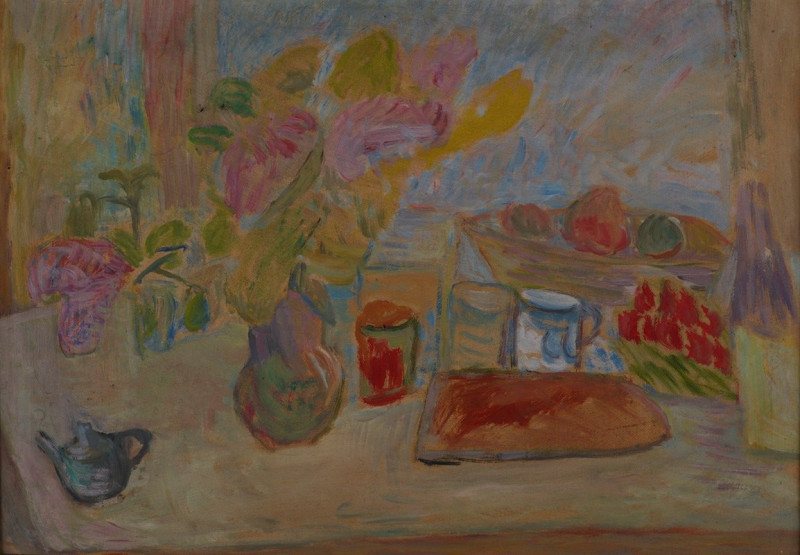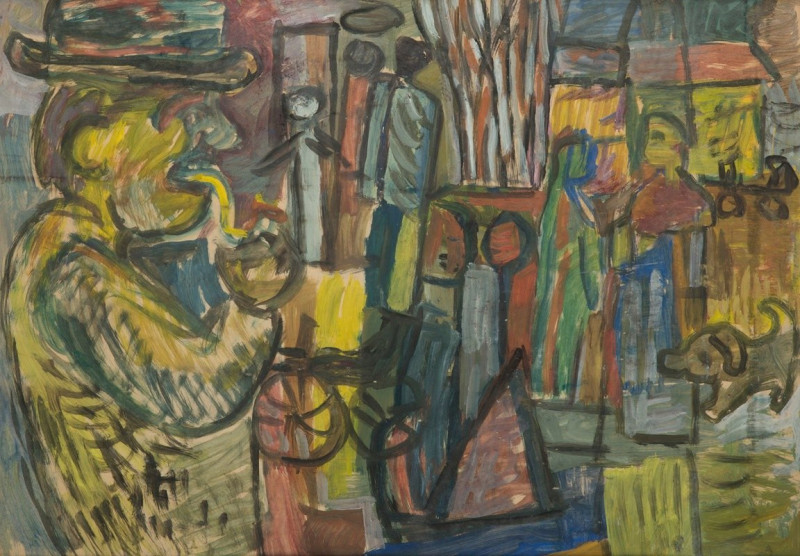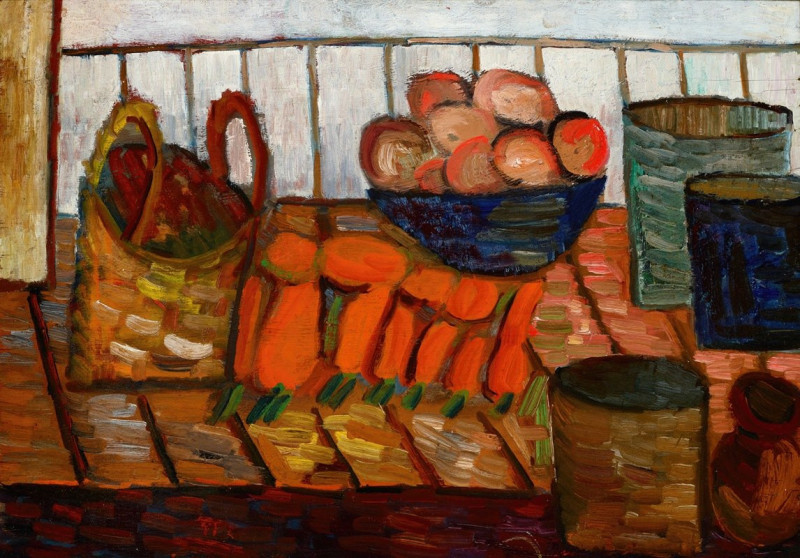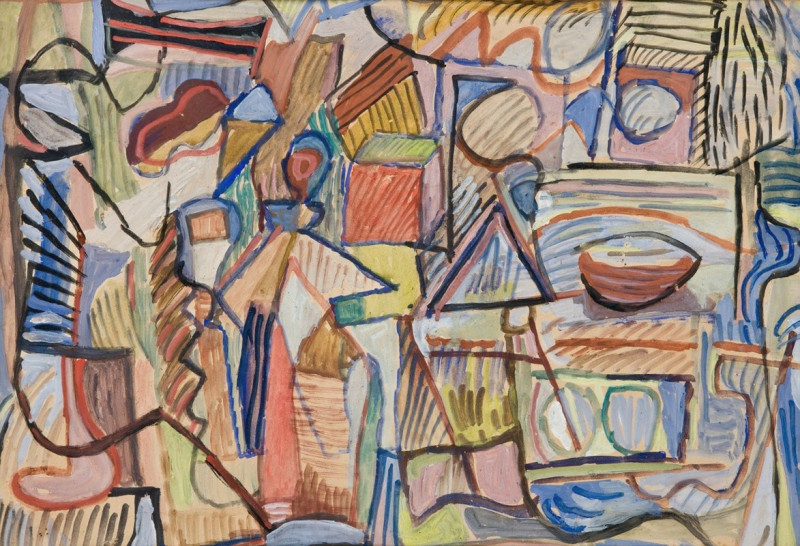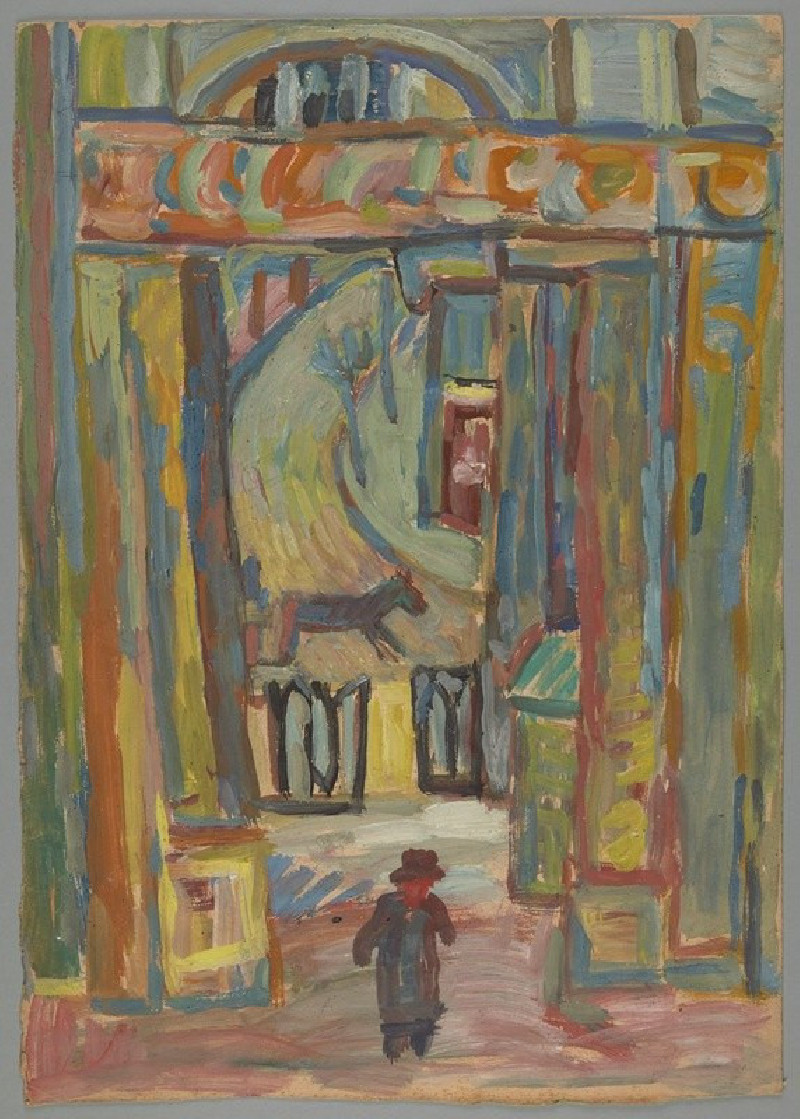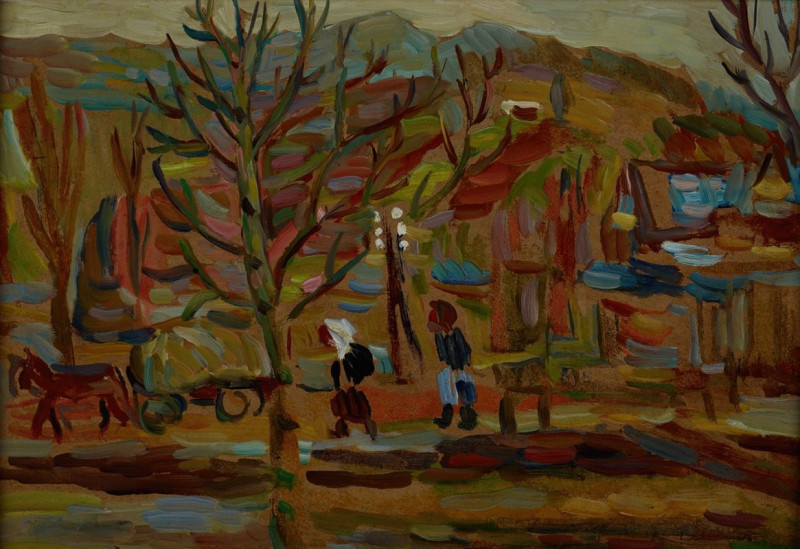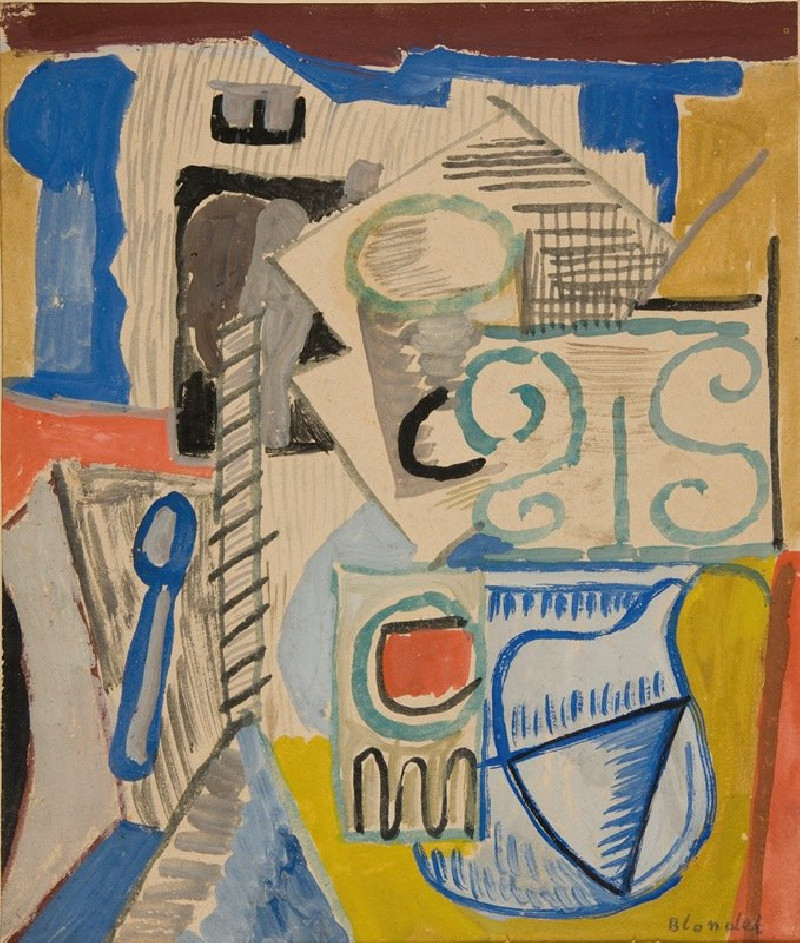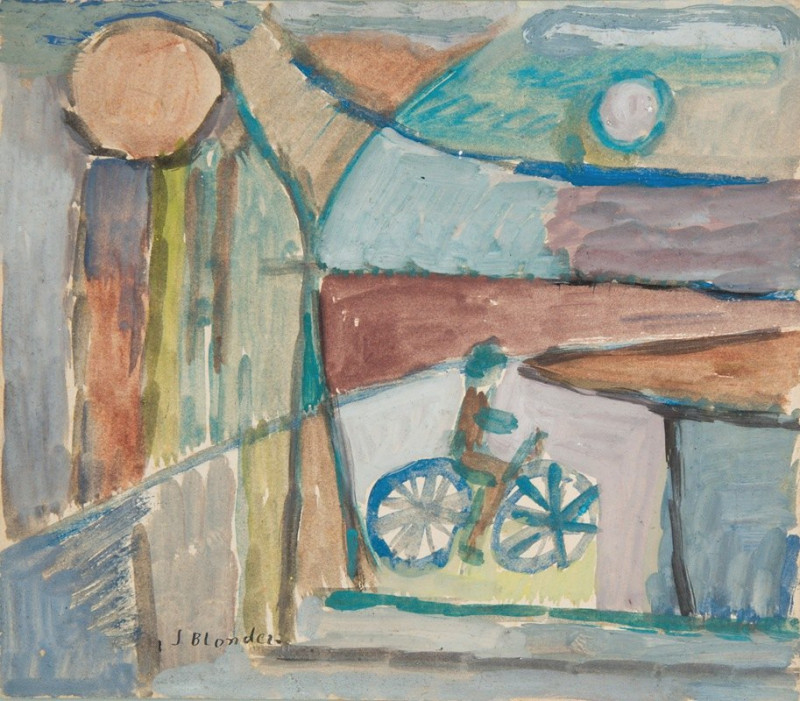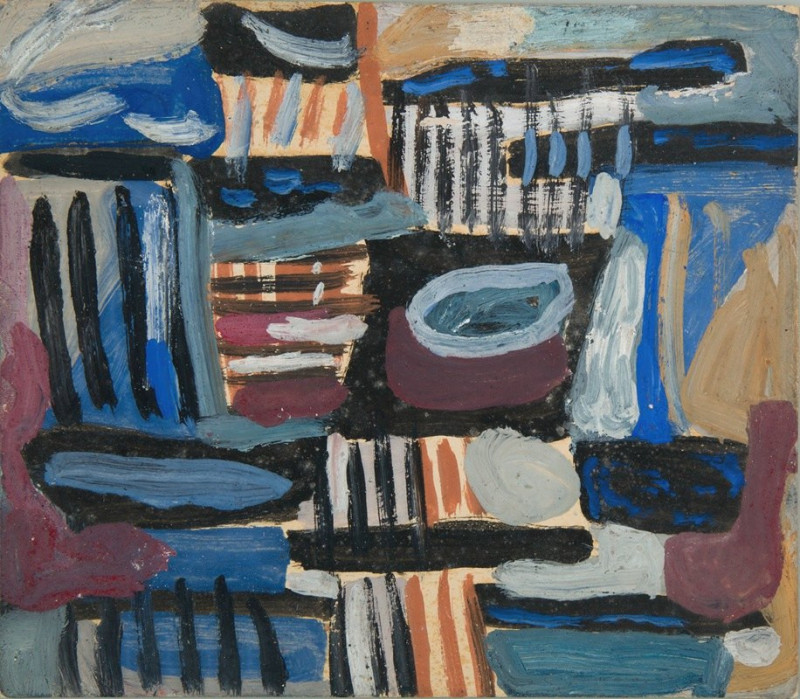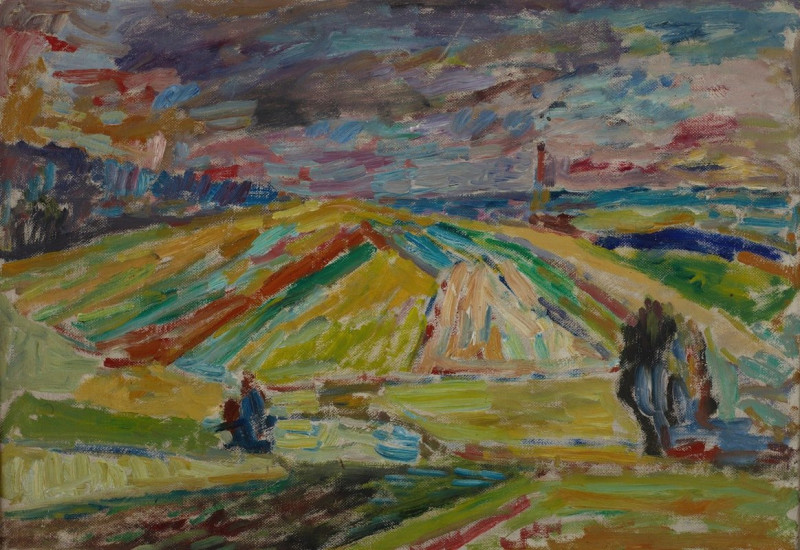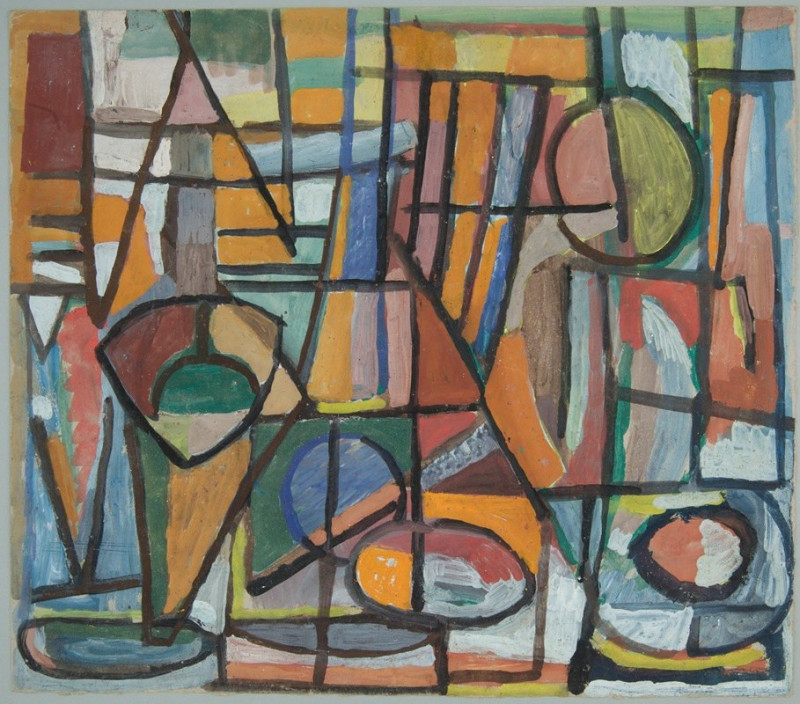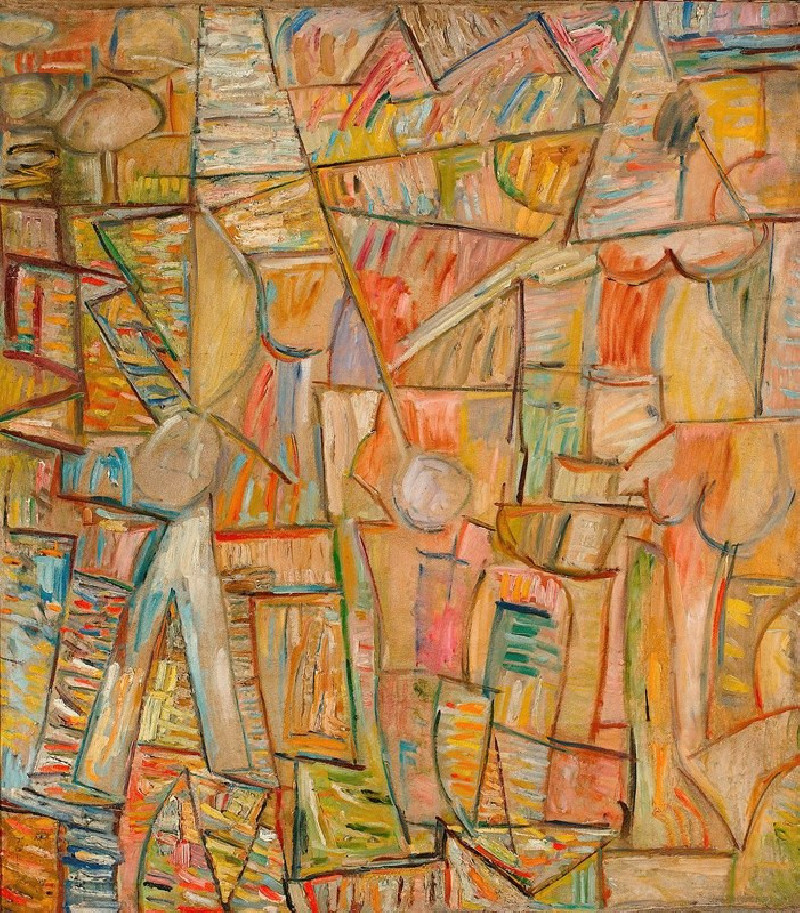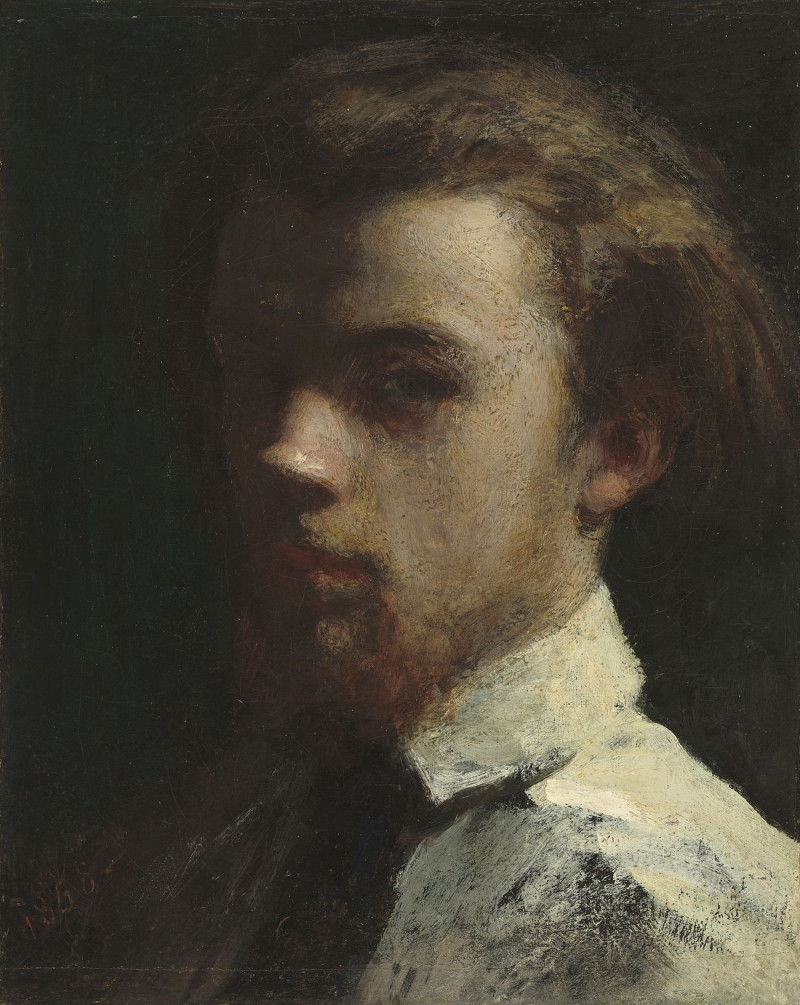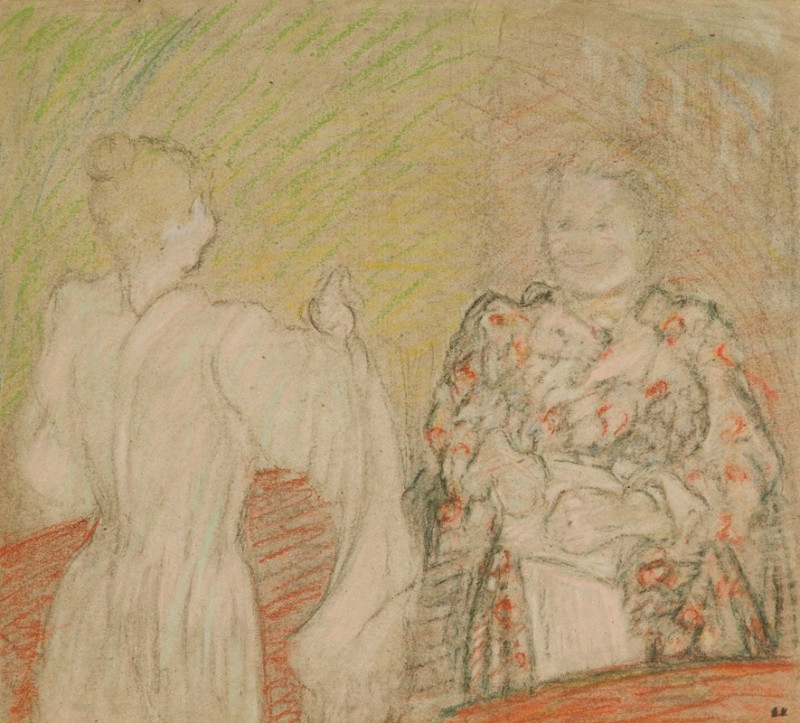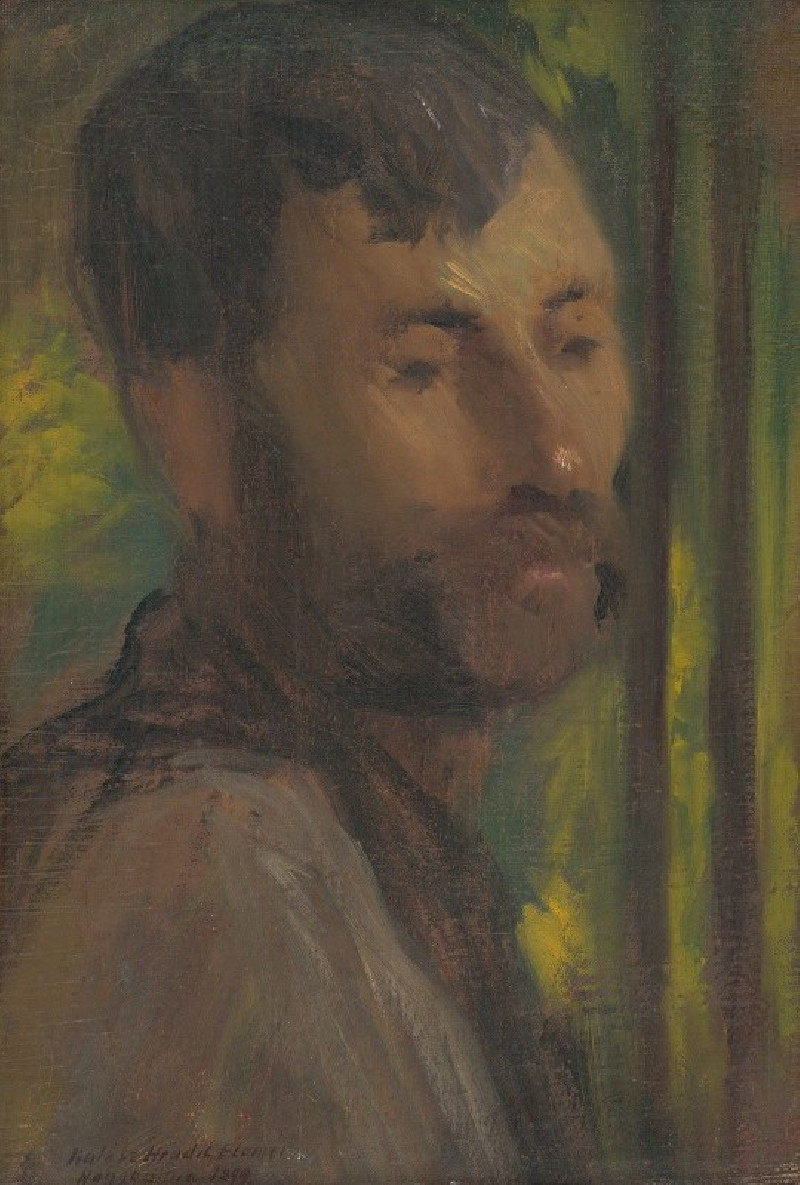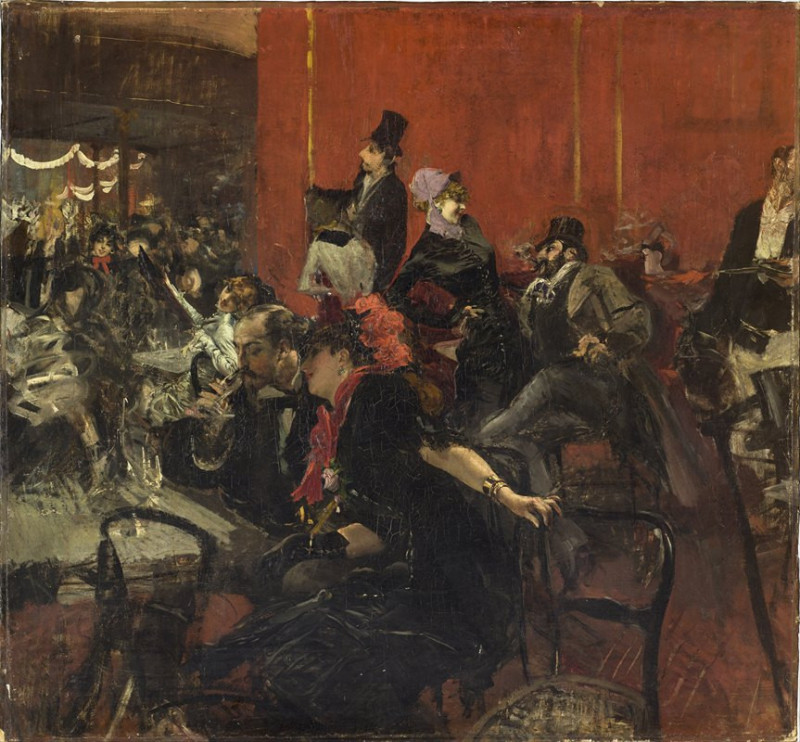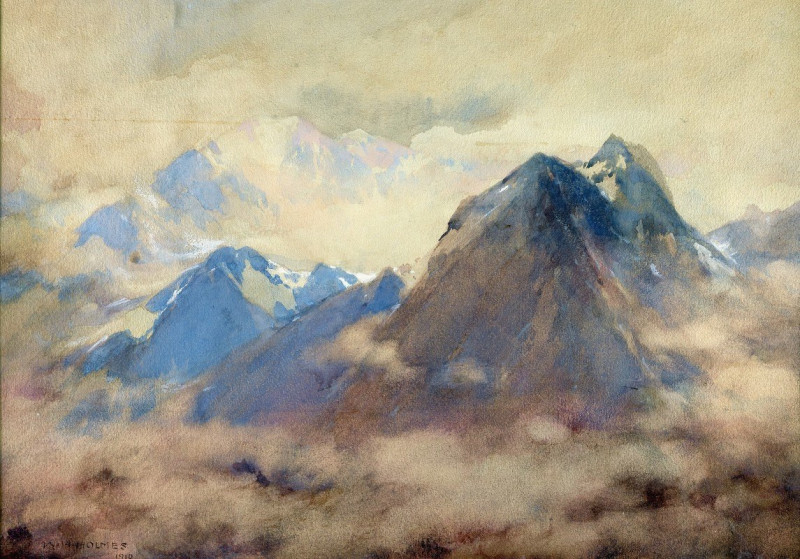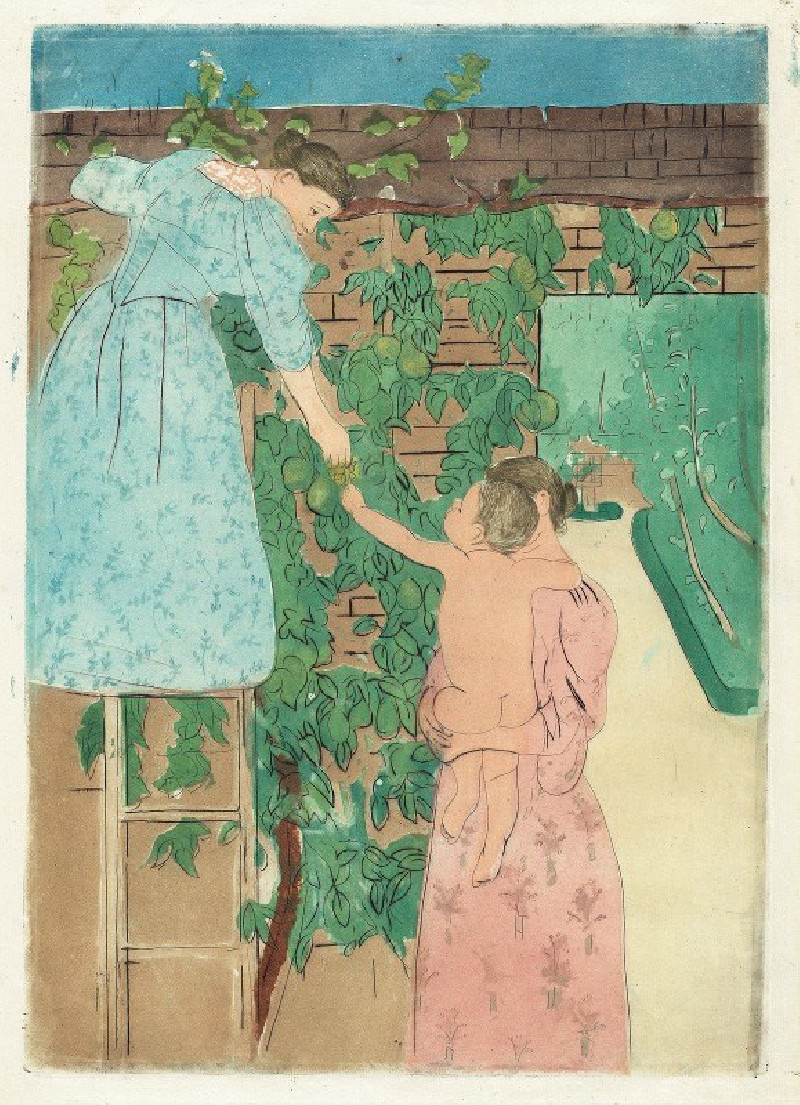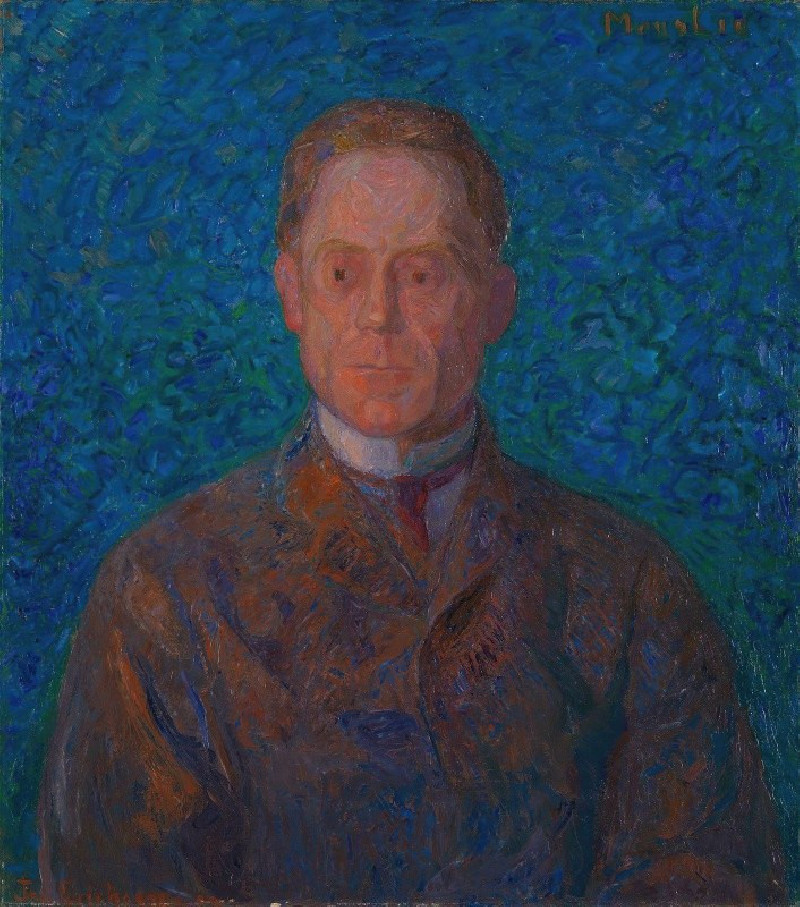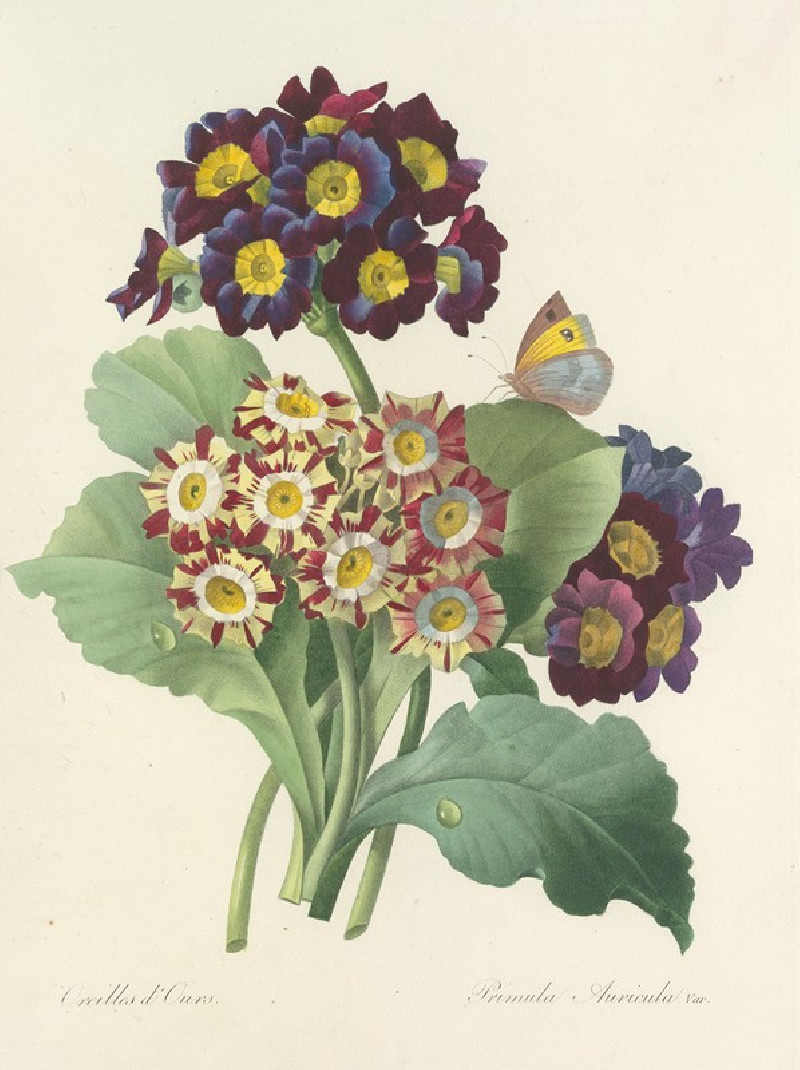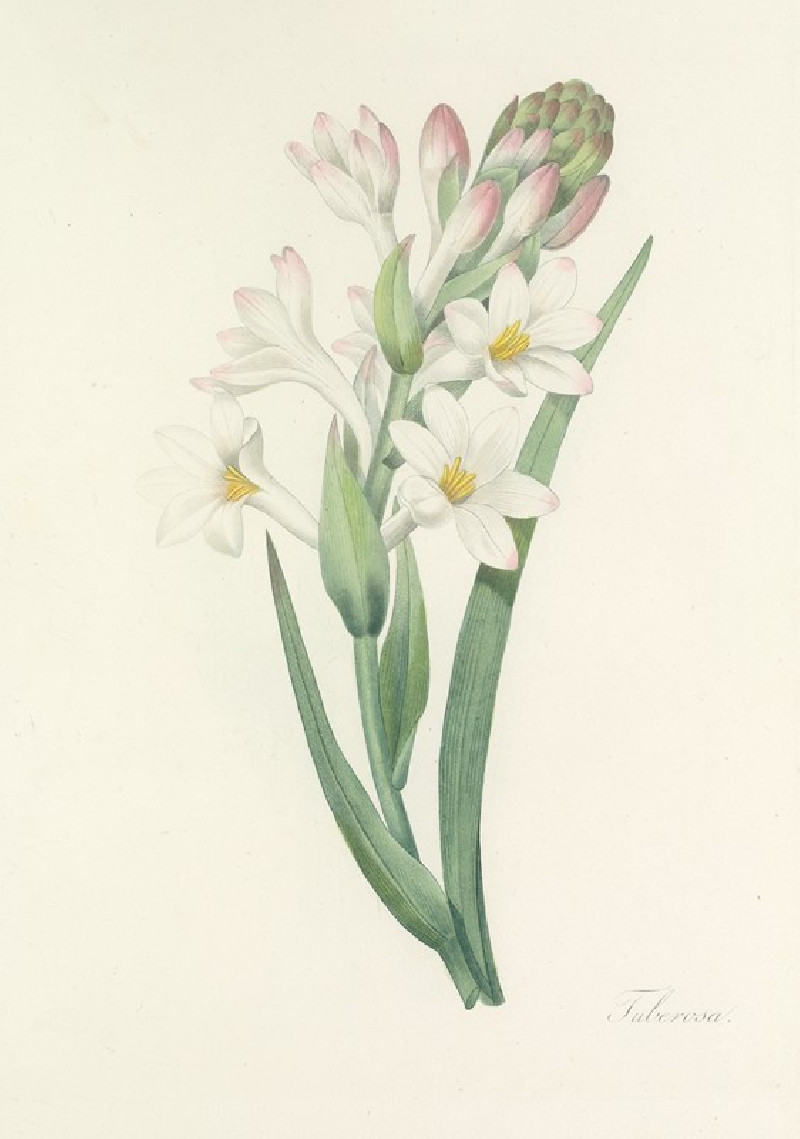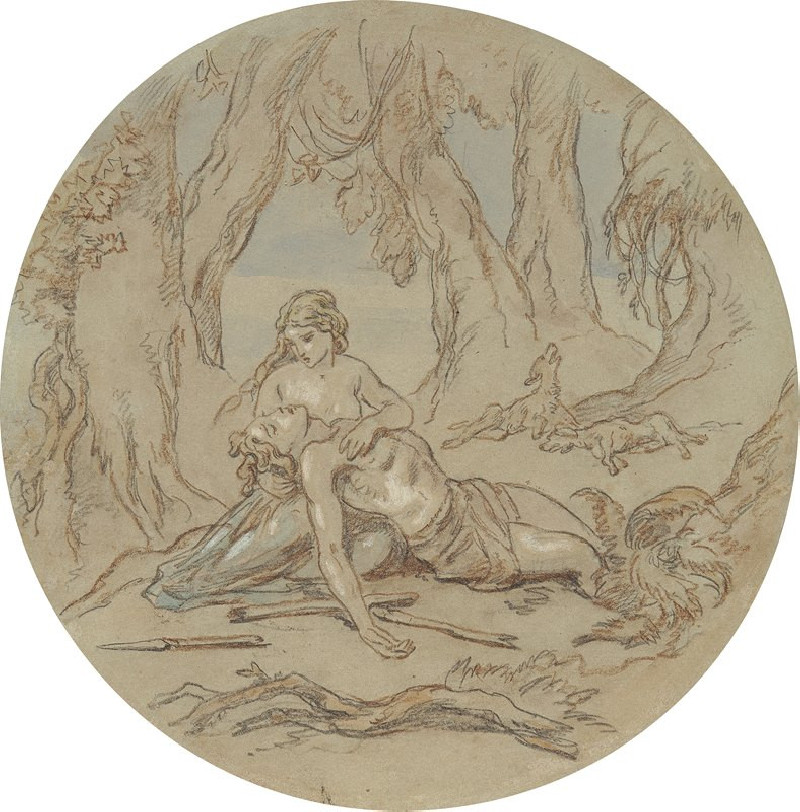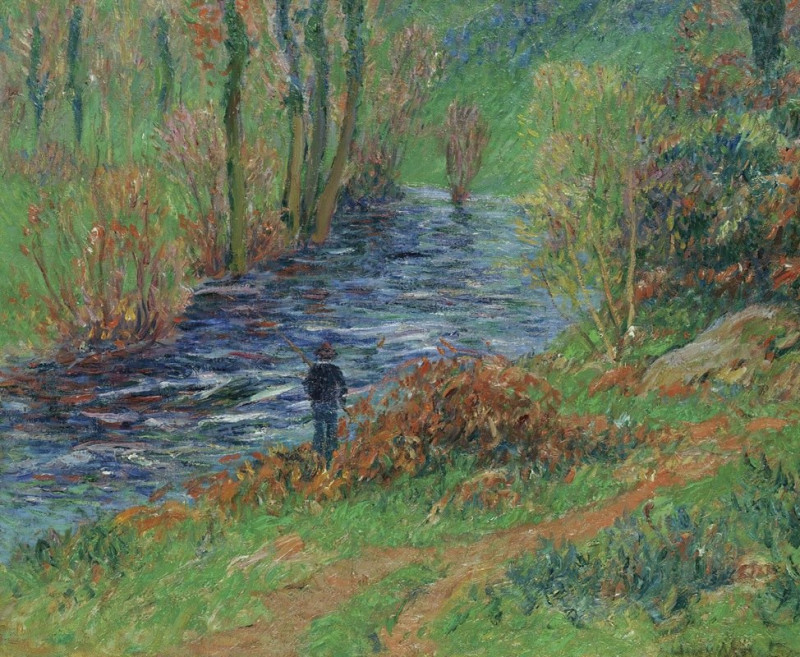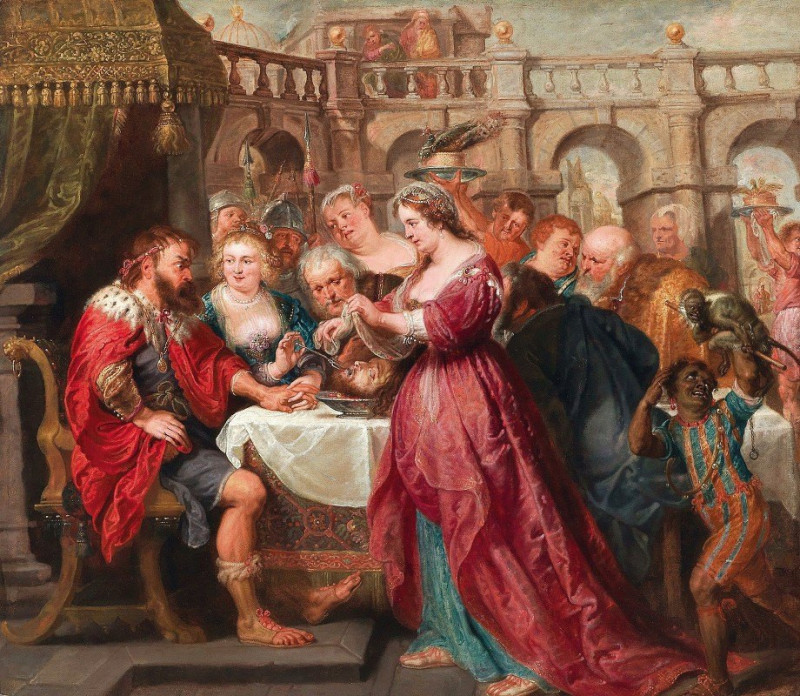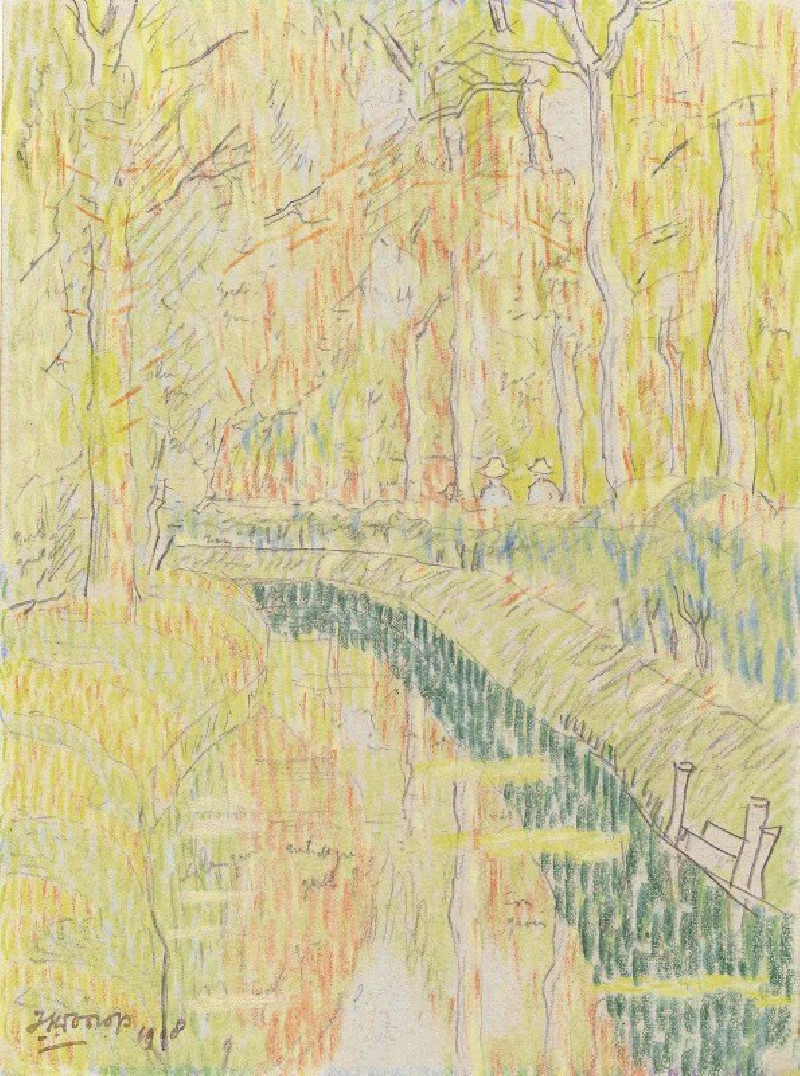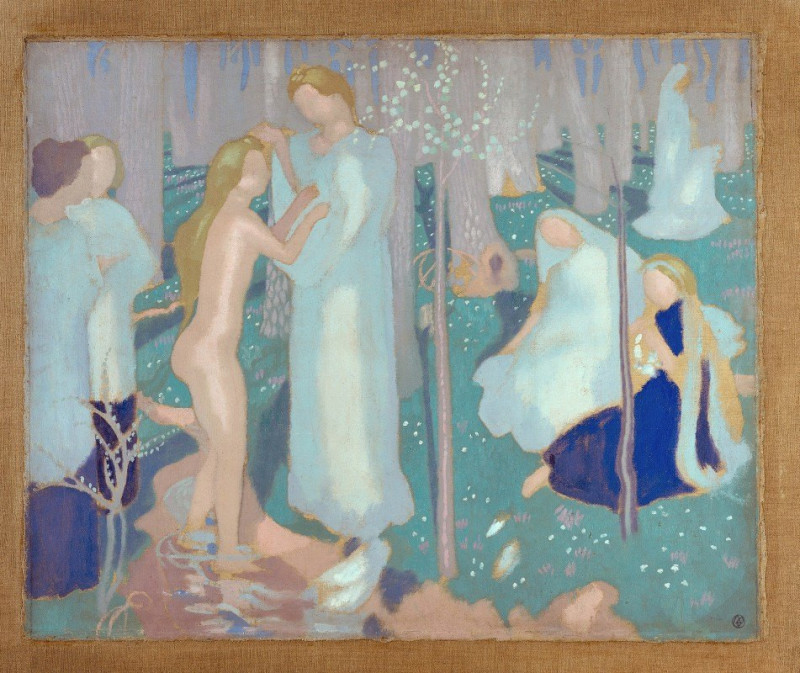Mountain Village (1937)
Technique: Giclée quality print
Recommended by our customers
More about this artwork
Sasza Blonder's 1937 painting "Mountain Village" is an evocative landscape that captures the essence of rural life nestled amidst robust hills. In this intriguing artwork, the viewer is greeted with an array of vibrant, expressive brush strokes that tell the story of a quaint village tucked away in the mountains.The composition of "Mountain Village" is both whimsical and dynamic, illustrating a series of undulating terrain with multicolored patches representing fields and meadows. The central focal point of the painting is a group of pastoral buildings, rendered in a mix of blues, whites, and earth tones. These structures seem to hum with the bucolic daily activities of their inhabitants.Blonder's technique is brisk and confident, using thick applications of paint to build texture and depth. His colors range from muted earth hues to bright greens and blues, capturing the diversity and richness of the natural landscape. Each brush stroke conveys movement, making the canvas almost tremble with life.Above the village, the sky swirls with shades of lavender and cream, suggesting a wind-swept day. These softer tones contrast sharply with the solid, hearty life below, creating a compelling interplay between the tranquility of the sky and the earthly vitality of the land."Mountain Village" is not just a mere representation of a geographical location; it is an immersion into the atmosphere and mood of a mountainous rural setting through the eyes of Blonder. The painting invites viewers to step into a different era and experience the timeless charm of rustic life amidst nature’s grandeur.
Delivery
Returns
Aleksander (Sasza) Blonder was a Polish painter of Jewish origin .
He went to Paris for the first time in 1926. He studied architecture in 1930–1932 at the École nationale supérieure des beaux-arts in Paris and studied painting at the Academy of Fine Arts in Kraków from 1932 to 1936 with Teodor Axentowicz , Władysław Jarocki and Fryderyk Pautsch.

